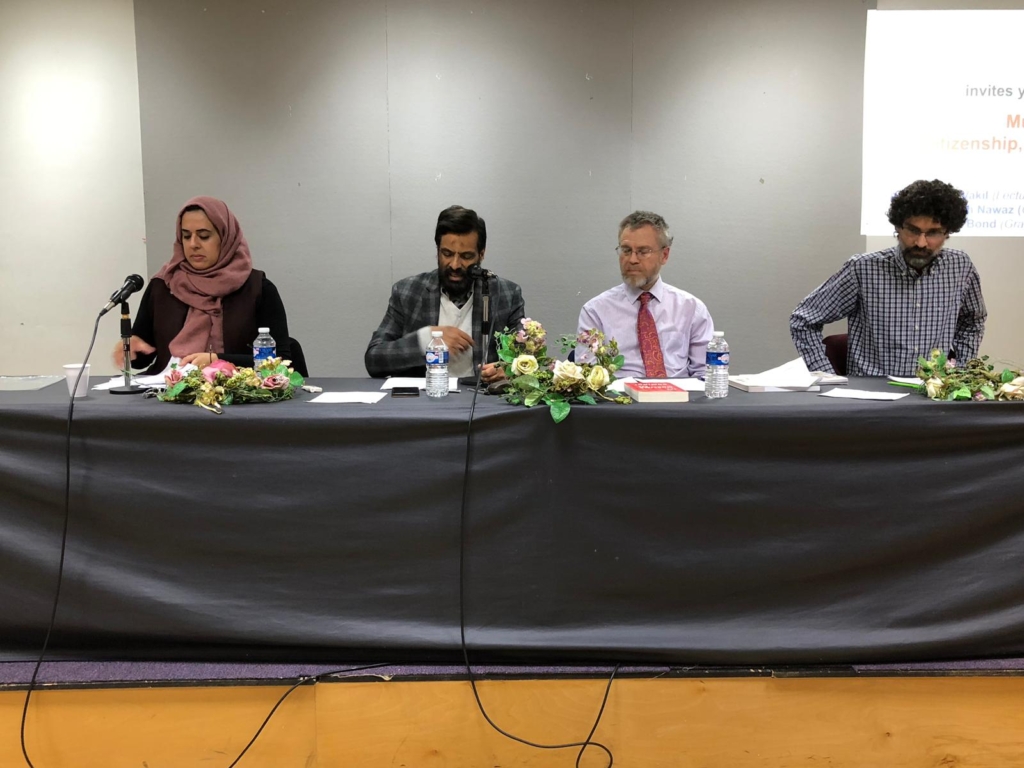Abdullah Al-Misnad outlined four scenarios that could turn Saudi Arabia’s deserts into lush green landscapes, as predicted by the Prophet Muhammad.
The Arabian Peninsula, long known for its harsh desert climate, could one day turn into lush meadows and flowing rivers, according to climate expert Dr Abdullah Al-Misnad.
In a recent interview, Al-Misnad, a former professor at Qassim University and vice president of the Saudi Weather and Climate Society, outlined four potential scenarios that could bring about this dramatic transformation, each linked to natural factors and apocalyptic signs.
Al-Misnad noted that drastic climate change is not just scientifically plausible but also linked to prophetic signs in Islamic eschatology.
A famous hadith of the Prophet Muhammad states that ‘The Last Hour will not come until the land of Arabia reverts to meadows and rivers’, a statement that some scholars interpret as a sign of the world’s transformation before the end of times.
Al-Misnad’s scenarios, while grounded in climate science, reflect this belief in the possibility of the Arabian Peninsula returning to its once fertile state under extraordinary circumstances.
The first scenario is closely tied to human-induced climate change. Al-Misnad explained that the rising temperatures and shifting weather patterns, driven by global warming, could reverse the region’s arid conditions.
He said the Arabian Peninsula could experience a shift in atmospheric pressure systems, allowing moisture from the Arabian Sea and Indian Ocean to penetrate the region.
This influx of precipitation could trigger heavier rainfall, reviving the climate to what it was 7,000 years ago when the area was much greener.
Al-Misnad pointed to the past two years of heavy rains in Saudi Arabia as early indicators of this possible change.
‘Nuclear winter’ effect
The second scenario suggests that a massive volcanic eruption in Saudi Arabia could alter the climate for years if not centuries.
With over 2,000 volcanoes, primarily in the country’s western region within the Arabian Shield, Al-Misnad warned that an eruption like that of the Al-Wahbah volcano near Taif could have far-reaching consequences.
He explained that volcanic ash could block sunlight, lowering global temperatures and causing a cooling effect on the region.
This would allow moisture to accumulate, turning the parched desert into a fertile landscape with rivers and greenery.
The third scenario is the most extreme and potentially catastrophic: the collision of a large meteorite with Earth. Al-Misnad described this as the ‘most dangerous’ phenomenon, explaining that the impact would send dust and debris into the atmosphere, blocking sunlight for months or even years.
This ‘nuclear winter’ effect could drastically lower temperatures across the planet, transforming the Arabian Peninsula into a cold, uninhabitable region similar to the frozen landscapes of Norway or Sweden.
Finally, Al-Misnad explained that astronomical changes could lead to a dramatic climate shift. This could involve a deviation in Earth’s axis, causing a change in its 23.5-degree tilt.
Such an event could redistribute atmospheric pressure centres, sparking heavy rains and drastically altering the region’s climate.
Similarly, shifts in the Sun’s thermal energy, possibly due to gravitational influences from other celestial bodies, could lead to significant global climate changes.


